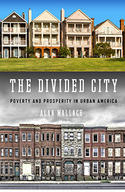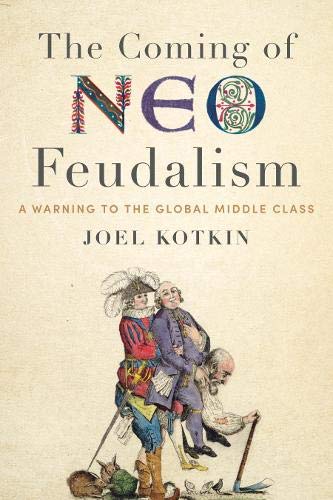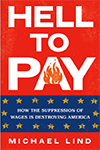Despite the media’s obsession on gender, race and sexual orientation, the real and determining divide in America and other advanced countries lies in the growing conflict between the ascendant upper class and the vast, and increasingly embattled, middle and working classes. We’ve seen this fight before. The current conflict fundamentally reprises the end of the French feudal era, where the Third Estate, made up of the commoners, challenged the hegemony of the First Estate and Second, made up of the church and aristocracy. read more »
Economics
The Real Conflict Is Not Racial or Sexual, It's Between The Ascendant Rich Elites and The Rest Of Us
- Login to post comments
Common Sense versus Climate Hysteria
Whether it’s fires in California or Brazil, hurricanes like Dorian or your summer hot spell, it’s not just weather anymore but a sign of the impending apocalypse.
This specter of imminent demise tied to the everyday, notes one American Psychological Association study, has induced “stress, depression and anxiety” among a wide part of the population. The Congress’ leading green advocate, Rep. Alexandria Ocasio-Cortez, admits her climate concerns often wake her up at 3:30 in the morning. read more »
- Login to post comments
High Metabolism Money
As part of my usual exploration of towns and cities around the country I wander up and down streets taking photos. I have an inexhaustible supply of pictures of the generic American landscape. But every once in a while someone will come running out of a building demanding to know who I am and why I’m photographing their property. Bank managers are frequent objectors. read more »
- Login to post comments
The Community and Economic Development Hierarchy
I've spent many, many years of my career working to improve the economic development prospects of communities. Wanting to make a meaningful, positive contribution to the revitalization of cities is what pushed me into this career path. More to the point, I've spent a good deal of that time working in places that were facing stiff economic headwinds working against them. read more »
- Login to post comments
Around San Francisco’s New South of Market Transit Center
In the 1980s, the city of San Francisco experienced a strong reaction against continued development of its dense financial center skyscraper district north of Market Street. that the term Manhattanization was popularized by the alternative biweekly, San Francisco Bay Guardian, which channeled the interest of many residents to preserve both their neighborhood and the iconic, historic buildings in downtown San Francisco before they were replaced by new, taller structures. read more »
- Login to post comments
Where Salaries Go Furthest in 2019: The Small-City Advantage
Big cities are the engines of the modern economy. They offer workers a range of opportunities — and employers a range of workers, customers, and infrastructure — that smaller places generally can’t match. But when it comes to what many job seekers care about most, smaller cities often are best. In particular, for most jobs, salaries are higher in smaller places after accounting for the cost of living.
read more »
- Login to post comments
Decarbonization In Homes And Businesses At What Cost?
The California Public Utilities Commission’s (CPUC) plans to make all homes and businesses use electricity only means electricity will need to take up the duties that natural gas has been performing, and provide continuously uninterruptable power as California is on a path toward 100% renewables and “zero-carbon” sources in electricity by 2045. read more »
- Login to post comments
A Review of Alan Mallach's The Divided City
The astounding revival of American cities is real. However, the inequality evident in virtually all of them is real as well, and built into the system. Much of the urban discourse has centered on the former, but the latter has likely has a broader impact on contemporary metropolitan development nationwide. Inequality in American cities has three dimensions – spatial, economic and racial. The erosion of the middle class is a key feature of industrial city decline and most impacts older industrial cities. And of course, sweeping global and national trends are at work. read more »
- Login to post comments
Public Schools Should Be Places of Learning, Not Propaganda
California likes to think of itself as the brain center of the universe, but increasingly much of that intellectual content comes from somewhere else. Once a leader in educational innovation and performance, California is now toward the bottom of the pack. read more »
- Login to post comments
The World’s $86 Trillion Economy Visualized in One Chart
The world’s GDP still grew a healthy 6.9% in 2018, up from $80.2 trillion in 2017 to $85.8 trillion. Nearly half of this growth came from the world’s two largest economies: the United States, at $20.5 trillion (up 5.4% from 2017), and China, at $13.6 trillion (up 10%). However, fear of a global recession are mounting -- much of it related to growing economic tension between the two leading economies. read more »
- Login to post comments






















